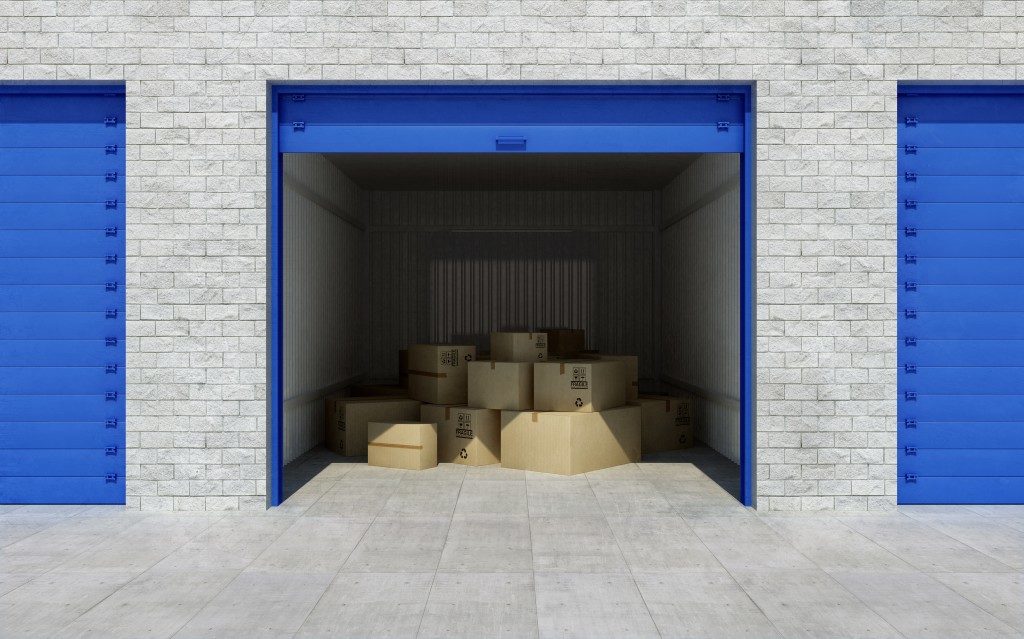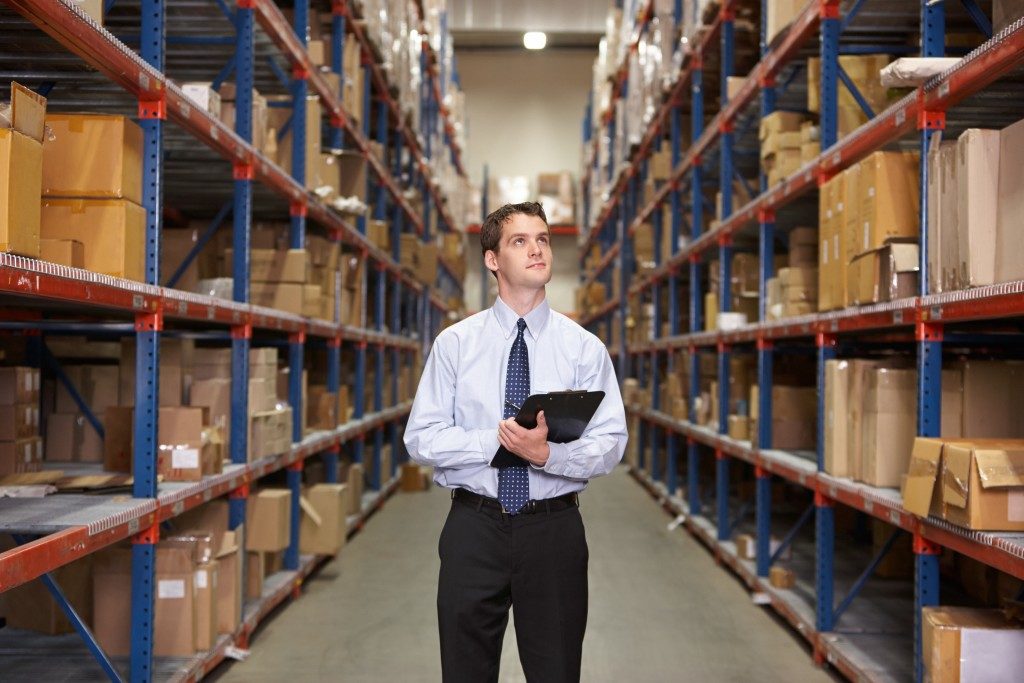Meeting customer demand for your product is essential in maintaining profitability. However, unless you’re creating your products on-site, like a small-scale café or bakery, you probably have a stockpile of your products.
Although this is prudent in case demand for your merchandise surges, it can also drain your finances. You need to be aware of the factors that make keeping an inventory more expensive than you realize. If you don’t keep an eye on these hidden prices, your product stockpile might end up costing more than they make.
Tied-Up Capital
Each unit of your product has a price tag, whether from fabrication or acquisition. In essence, your inventory represents money you haven’t made yet. Unless you’re careful with the number of products you put in your stockpile, you have little guarantee that customers will buy them and give you back the capital you put into them.
The longer your products remain unsold, the more they will cost you in the long run. If the demand for your product drops, your material may become obsolete or unsellable before demand picks up again. In this case, you have no choice but to scrap or destroy them. Obsolescence is becoming more of a concern today, with how fast competitors come up with new versions or upgrades.
Prolonged storage also leads to damage or loss of product. No matter how secure, storage facilities can be the target of theft or disaster. Fires and thieves destroy your inventory, and the capital it represents, while they’re in storage. Because of these, businesses are using wholesale and dropshipping companies to remove the risks of storage problems and obsolescence.
Storage facilities themselves represent the second cluster of hidden costs that come with keeping an inventory.
The Price of Storage

Keeping an inventory in storage facilities will cost your business, whether you own storage facilities or rent space in one. You can put simpler products, like gravel or sand, in basic storage spaces, but more complicated merchandise, such as ready-to-assemble furniture, or delicate materials, like digital components, will need equally sophisticated storage solutions.
You have to pay for the space to put them in as well as any measures they need to avoid deterioration and theft. The more product you squirrel away, the more you have to pay for their safekeeping.
Even the act of putting them in storage and retrieving them costs money. The employees who move pallets of your product around in warehouses and the drivers who transport them from one location to another all require payment. Transit also puts them at risk of destruction or delay.
Finally, organizing and tracking all of your products in storage or transport requires administrative employees and services. The personnel who log in product units, check their integrity, and do the bookkeeping will need payment, after all. Storage and handling are businesses, and like every industry, their services come with price tags.
Maintaining an inventory is a necessary expense if you keep an eye on these factors. However, if keeping a stockpile of your products begins to take a toll on the finances of your business, it may be time to ditch the dead weight and explore other options so that your company remains profitable.




